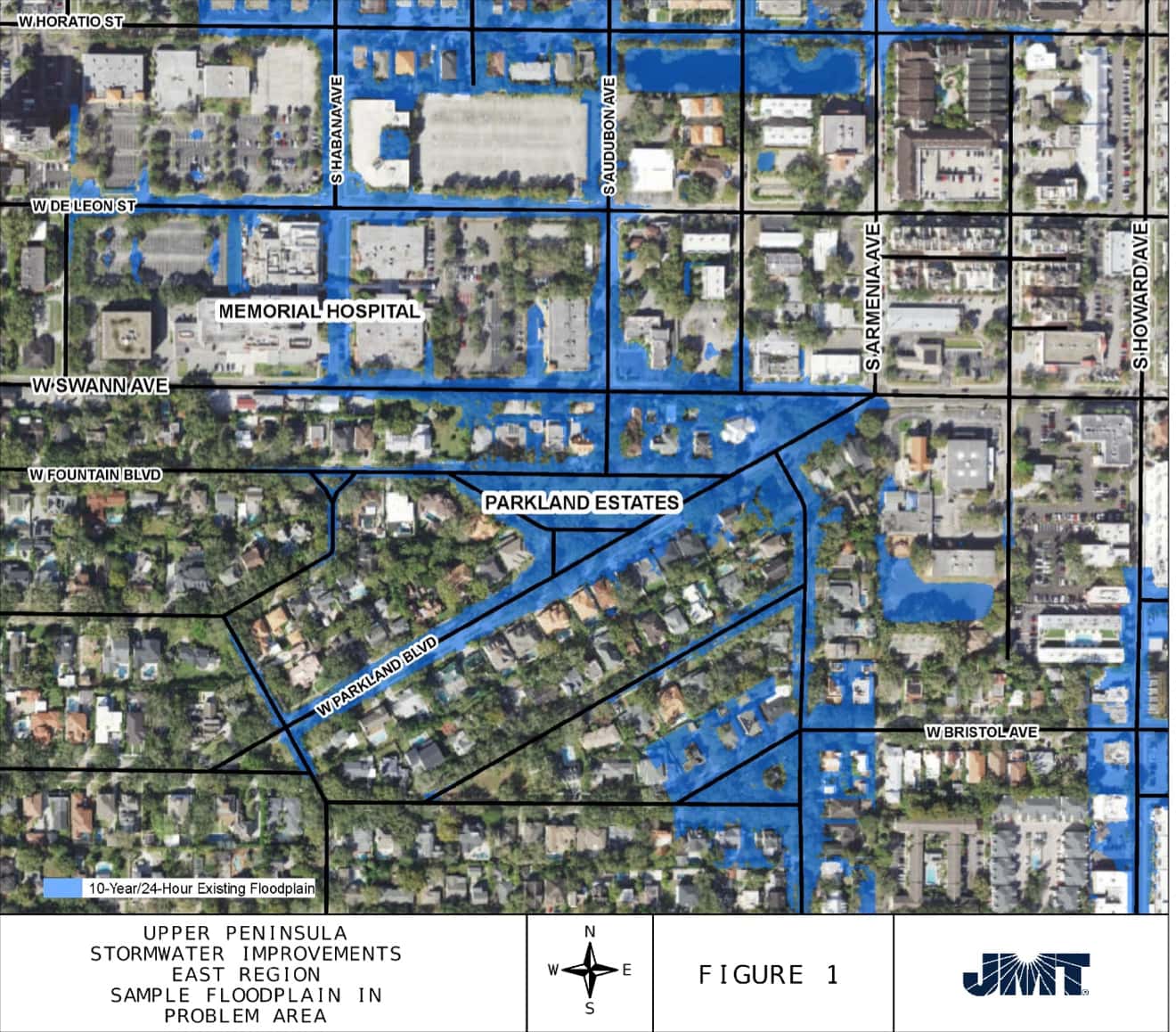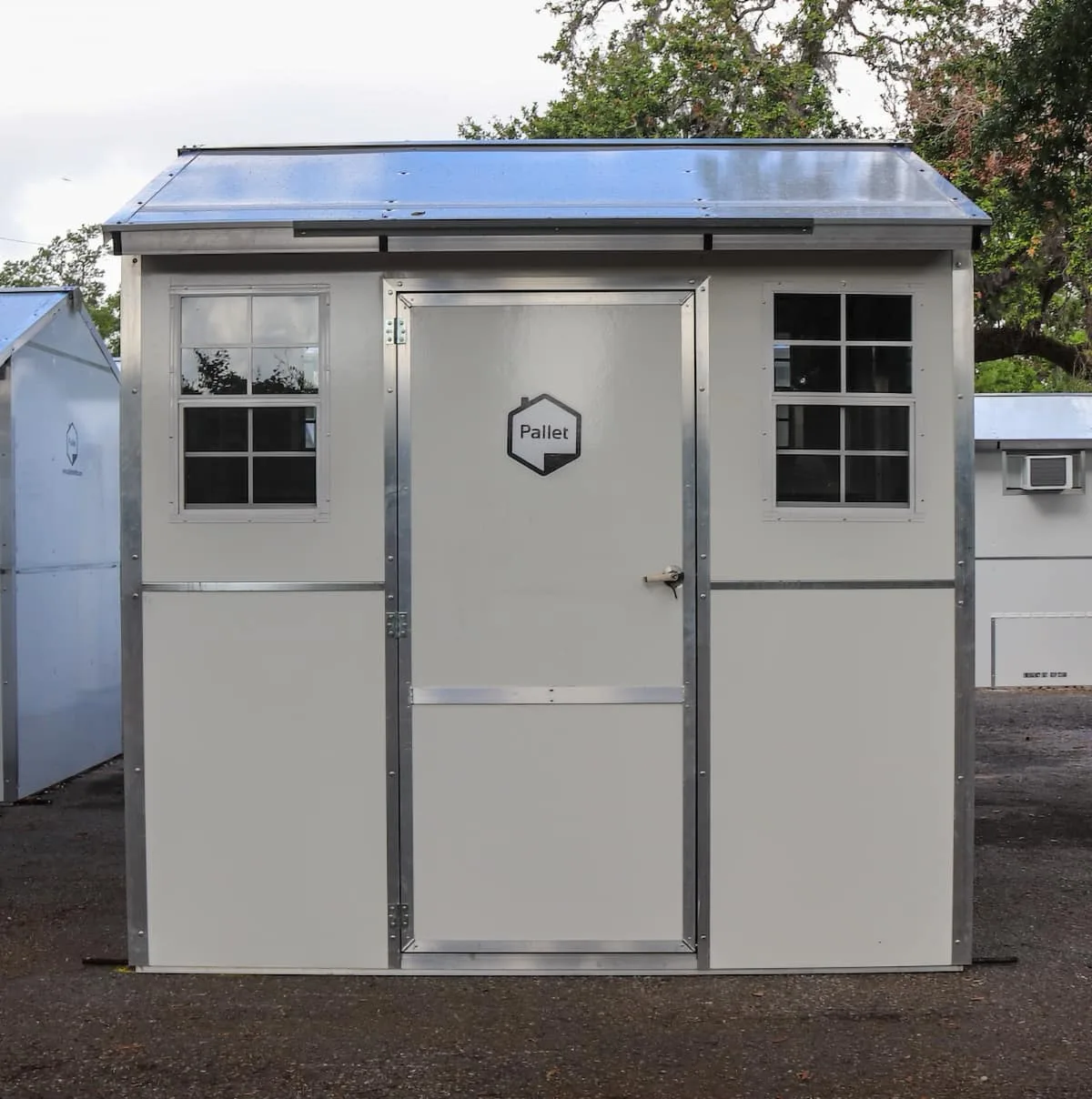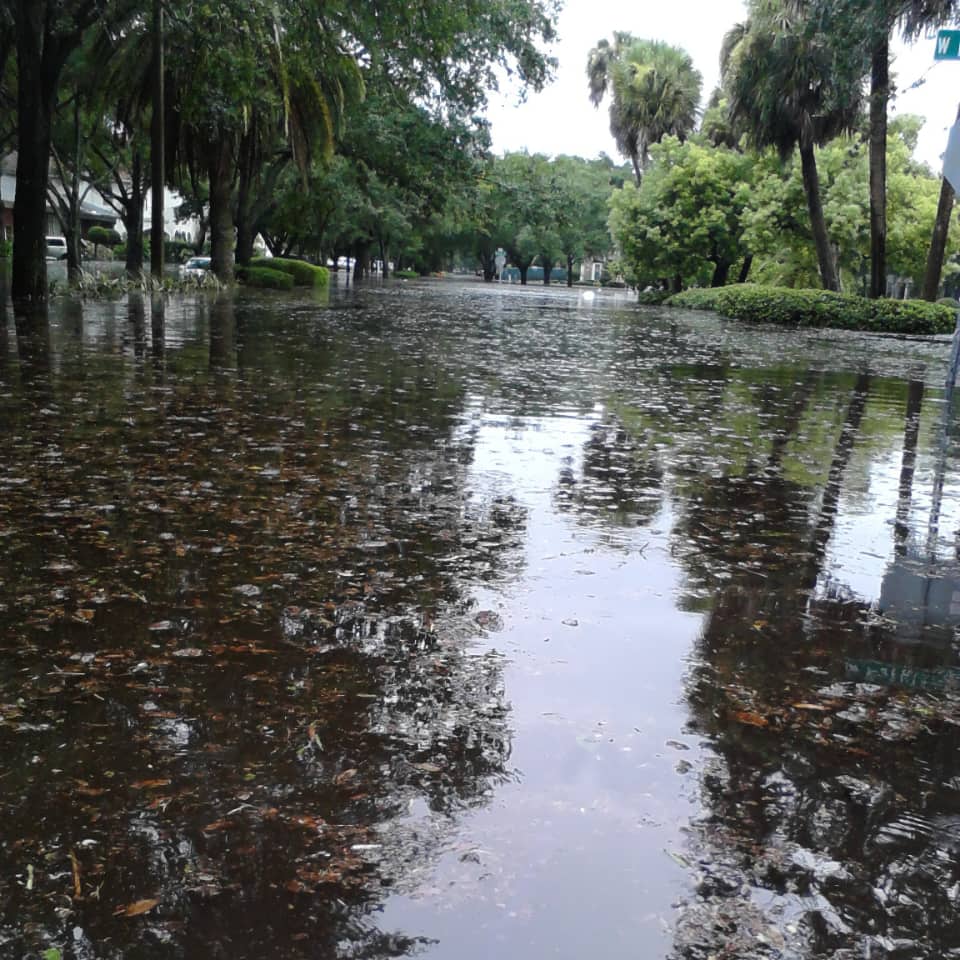Where things stand as of 5-4-25
This project was approved in November of 2024 with Carlson and Maniscalco voting no. What was approved was the route down Howard Ave and one of three options through Parkland Estates to Howard Ave. However due to some coy wordplay when answering questions about keeping options open for the final route, the Admin gave some Council members and neighbors the impression that included Howard Ave. As a result of a lot of work by the South Howard Business Alliance and members of the public, the Mobility Department agreed to reexamine the other routes in the original JMP report. There has been a lot of speculation since, however at the 5-1-25 City Council meeting the Director of Mobility said everything was still being evaluated and no decisions have been made. Their intention is to present their findings at the first scheduled public meeting in June.
The city has also built a microsite for the project at https://shstormwater.com with maps of the currently approved scope. There’s also an option to sign up for alerts for the first public meeting.

What happens if their presentation results in the same route down Howard Ave? Not much barring legal action. The threat of a motion to reconsider was dangled right after the vote but I believe those have a shelf life of the next regular meeting. I don’t think 6 months into a contract Council can reverse course. They could eat the $7.7 million on design and vote against any build contract that uses a particular route. What hasn’t been included in this discussion is the other part of this project, the South Howard Water Improvement Project. What effect would not doing the work on Howard for stormwater have on improving/fixing the potable water lines in the same neighborhood?
Originally
First, let’s be clear what Council is voting to approve. In September 2021 Council approved as part of the FY22 budget $64.5 million for the “South Howard Ave Flood Relief Project”. This Thursday, Council will be voting to approve $7,728,537 for a Design-Build Initial Services contract with Kimmins Contracting Corp to start the design process. Upon completion of the design, Council will be presented with a final cost and contract to proceed with ground breaking. The scope of the project is to bring flood relief to the Upper Peninsula-East floodplain which includes Palma Ceia Pines, Parkland Estates, historic Hyde Park as well as for current and future issues with the Selmon Express. Additionally, there is a companion South Howard Water Improvement Project as part of this Design-Build contract.
Second, let’s be clear what this project isn’t. It is not something that will mitigate the type of rain the city experienced from Milton. The level of service this project is meant to attain for the Parkland Estate neighborhood, the lowest lying one in the floodplain, is for 5 year 24 hour rain events. According to the National Weather Service for Tampa that currently is 5.3 inches (4.63‑6.11). Milton was three times that.
Additionally what it is not, is the same type of contract that was used for Hanna Ave. In that Design-Build, Council approved an initial contract for the cost of both design and construction. Costs subsequently increased with amendments and led to the city ending that practice. The new Design-Build process was used for Fair Oaks Rec Center in East Tampa.
- A project was approved in the budget.
- A Design-Build contract was approved.
- Community engagement started.
- Updates were provided to Council at 30/60/90 percent design.
- A final design and build contract for the original budgeted amount was presented to Council with majority community support.
- Council approved and construction began immediately.
The argument for awarding these Design-Build contracts is that it is supposed to be more efficient and faster to build than awarding a design contract then bidding out the build. Lead times for materials, costs, planning plus the time to notice and score the bids are minimized or eliminated.
Sounds OK, what’s the catch?
While there are plans for robust community engagement for the project, one thing that doesn’t seem to be up for discussion is the proposed spine of box culverts down Howard Ave from at least Morrison to Bayshore Blvd. The route out of Parkland Estates connecting to Howard Ave — while the preliminary engineering report suggested Morrison — alternatives have been floated down Bristol or along Swann. None of which the neighborhood are particularly happy with. The city says that will be decided by objective design coupled with the neighborhood input. So while community engagement may mean one thing to the developer and staff, it may mean another to, well, the community. Discussions about what to do above ground after the work has been done. More re-envisioning the South Howard Ave. streetscape less engineering by committee.
The neighborhood residents and businesses concerns are all valid. There’s been a lack of a bigger picture presentation. Questions are raised in the preliminary engineering report that haven’t been fully addressed to this point for a lot of people to feel comfortable with the project. As much as they want the relief, they don’t want to see the City spend $80-100 million on this project, rip up the neighborhood uprooting trees only for the first big thunderstorm of the summer to hit and still have standing water in their streets.
The folks north of Swann in Palma Ceia Pines are worried they will be excluded from the relief as a lot of that community is still in the recovery phase of serious flooding from Milton. The City has tried to communicate what this project can and can’t do but that it is a floodplain relief plan and their neighborhood would fall under the scope of the design build contract that is before Council.
Cost is another point of discussion. $64.5 million has been budgeted with $39 million coming for stormwater assessment fees, $10 million from THEA (Selmon Expressway), $10 million from the state and another $4.5 million from Water Dept for the potable water line replacement that will be included. The preliminary engineering report done in 2022 estimated $45 million for the stormwater portion of the work. The Design contract is $7 million. What the final price tag would be we won’t know until the project is closer to the 60% design benchmark. Could this come back with a final price tag higher than what was budgeted 2 years ago? Most likely. By how much? That will depend on the final engineering study and design plus what the neighborhoods decide for how to rebuild the street. I suspect you can add 25% on the top of the 2 year old number based on what we’ve seen in recent contracts and then start adding up the costs of burying power lines and what ever else is decided upon. That also doesn’t include expanding into potentially replacing the 36” pipe on Audubon that’s been recently floated as an option to help north of Swann. My guess if this passes the final price tag will be more than $80 million, closer to $100 million. I do not know the status of the stormwater assessment fund or where additional funding can be found.
Which gets to what I believe is really the driver of the scope of this project. The Selmon Expressway or as I know it as, the crosstown. This project started on a smaller scale to help with the flooding in Parkland Estates. Studies were done starting in at least 2016. But at a certain point new information came to light and Howard Ave became a viable option because they discovered there was a box culvert under the crosstown at the CSX rail crossing. Discovered in that documents they didn’t know existed were found. Once that happened, the scope of the project changed to include tying into the crosstown east of Howard north of Morrison and what is proposed today.
Additionally, the existing triangular pond between the CSX Railroad and S. Albany Ave, shown in Figure 7 was constructed with the original Selmon Expressway and receives discharge from a portion of the Selmon Expressway. This pond has no outfall control structure and there exists an inoperable pump station which is assumably the originally intended outfall for the runoff it receives from both the Selmon Expressway and the adjacent grocery store. During site visits, this pond’s stage was about one foot below its berm indicating that no storage attenuation is being provided. As runoff enters this pond, discharge can navigate to an existing ditch within the CSX right‐of‐way and flow north to the Swann Avenue Pond, but in larger storm events, the pond will overflow to S. Albany Avenue and W Bristol Avenue and exacerbate the flooding conditions in this area. For this reason, the area of the Selmon Expressway draining to this existing pond was conservatively assumed to contribute in its entirety to the modeled system.”
Emphasis mine. Page 15 preliminary engineering report.
While a couple of alternative designs were proposed that ran 60 inch pipe parallel to the crosstown and then out to the bay due to “adverse downstream impacts” they were shelved for the Howard Ave. route.
If that’s the case, and this is as much about the crosstown now and in the future, I think they need to contribute more than potentially 10% of the cost. 20% if you piggyback the state contribution (the state grant is represented as a very “competitive grant” but c’mon).
For me, the concerns of the businesses along Howard Ave are secondary. Hyde Park and neighborhoods around Howard are much more walkable than a lot of the city. As to the wine cellar? I adored Bern & Gert Laxer. Was honored to work for their family and help start the next chapter. I have confidence, while it won’t be cheap, they will be able construct that section in a manner that won’t harm the wines.
The question before Council is are they comfortable approving 7.7 million dollars with the information before them that this will result in a design that will satisfy a majority of those affected by the proposed project and that the City can afford.
If this is approved, it will be difficult, and quite honestly suck at times. It will require diligence from the neighbors as well as a champion on City Council to take the lead in making sure every voice is being heard throughout the process. It can also be an opportunity for a historic piece of the heart of Tampa to come together and show how it can be done.






8 responses to “South Howard Flood Relief Project”
[…] rightfully so from a price tag standpoint as well as the nature of the work required will be the South Howard Ave Flood Relief Project. It is a complicated issue that is personal to those that have been dealing with fresh water […]
The long delay in dealing the storm water infrastructure . along with the overdevelopment that continues to exacerbate the situation . Building needs to be involved with solving this problem of unchecked growth that disregards the environmental reality of a city built on sacred springs and at the edge of a bay in which the sea is rising. Can the city say no to further building so they can create a sustainable plan that will be in the best interests of everything? I hope so. Now is the time.
[…] case you missed it Council voted to approve the South Howard Flood Relief project. (5-2 with Carlson and Maniscalco voting no). What comes next? Expect a public kickoff sometime […]
[…] I know there is still keen interest in the South Howard Flood Relief Project and there was a motion made related to a possible alternate route that went through local roads in […]
[…] what the cost to build it has yet to be presented to council. I respect their concerns and my assessment hasn’t changed, but ultimately I would like to see the design and listen to an engineer defend it […]
[…] traffic (MOT), site preparation, installation of water mains, and roadway reconstruction” on the South Howard Flood Relief project. Which comes as a bit of a surprise as there hasn’t been any presentation to council on the […]
[…] Items 66 & 67 on the Oct. 23, 2025 agenda is a request to approve the Guaranteed Maximum Price (GMP) of $4,132,878.38 for early work efforts that “include, but not limited to: maintenance of traffic (MOT), site preparation, installation of water mains, and roadway reconstruction” on the South Howard Flood Relief project. […]
[…] Items 66 & 67 on the Oct. 23, 2025 agenda is a request to approve the Guaranteed Maximum Price (GMP) of $4,132,878.38 for early work efforts that “include, but not limited to: maintenance of traffic (MOT), site preparation, installation of water mains, and roadway reconstruction” on the South Howard Flood Relief project. […]